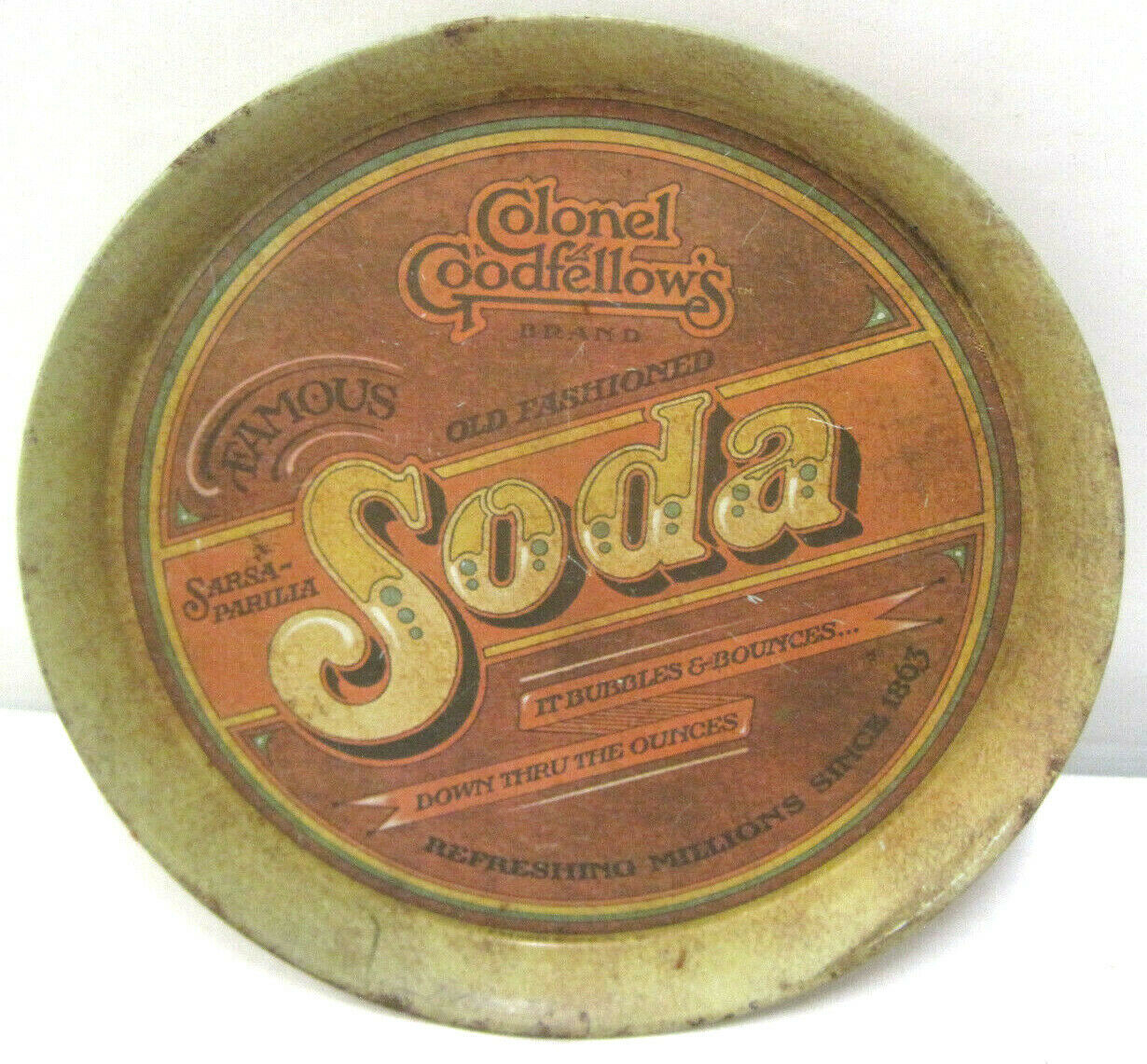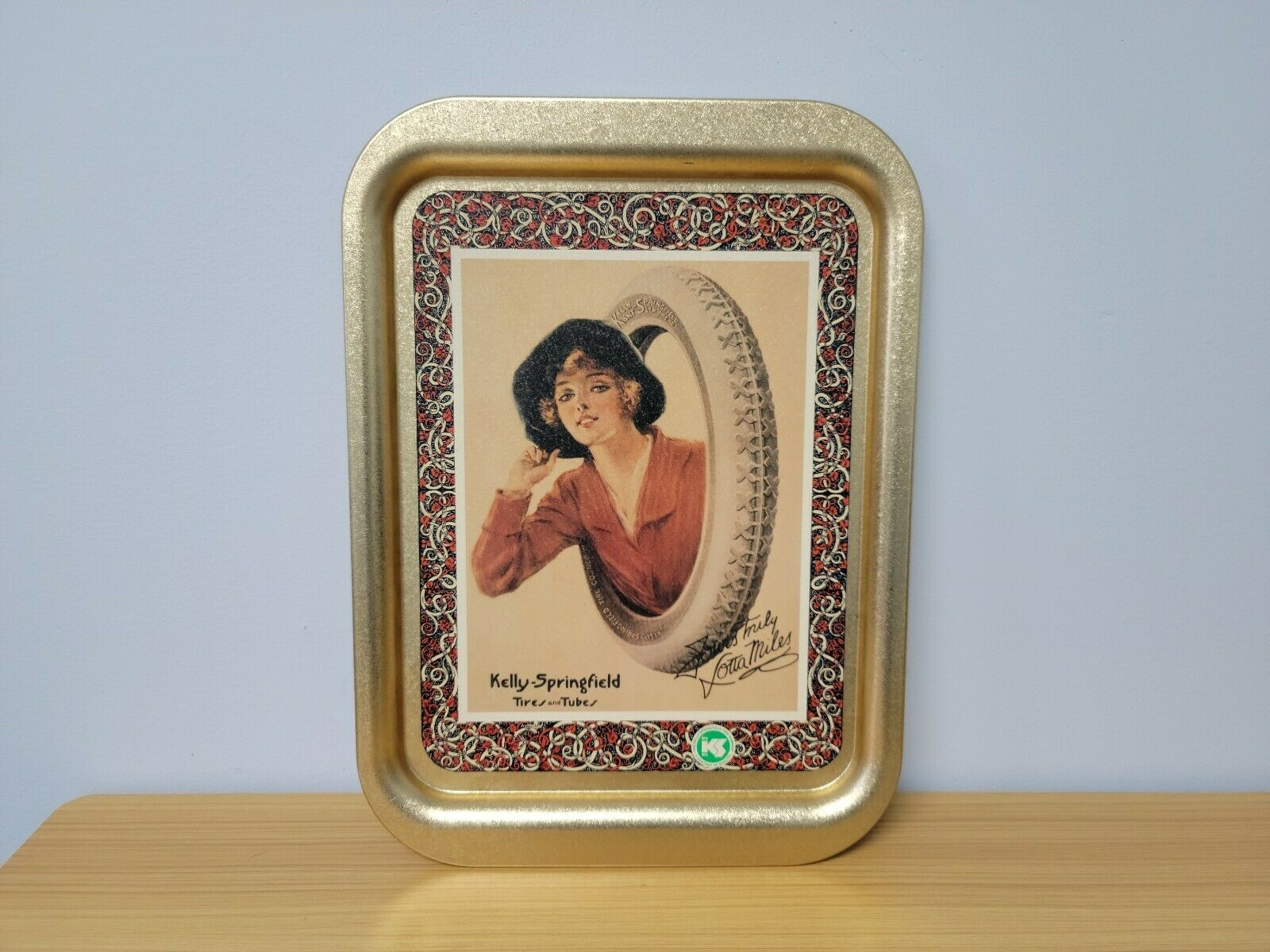-40%
Antique Early Advertising Fairy Soap Tin Lithographed Tip Tray with Little Girl
$ 50.16
- Description
- Size Guide
Description
Antique Early Advertising Little Fairy Soap Tin Lithographed Tip Tray with Adorable Little Girl ~ c. 1910This listing is for an adorable antique tip tray issued by
N.K. Fairbank Company
advertising their
Fairy
brand bar soap, a very popular brand of the era. This is original with no restoration. It displays beautifully. A great collectible! Excellent colors and detailed graphics on this beautiful tip tray. ~ By The American Art Works, Coshocton, OHIO.
Size: 4-1/4 inches in diameter.
Condition is fairly good with light wear & edge chips and minimal rust and discoloration.
Please view all photos as they are an important part of the description.
The front has an adorable little girl sitting with "Have you a little
"FAIRY"
in your home?" written on the bottom rim.
The back has the following written:
Sense--Cents--Scents
People with Common Sense pay but five
common Cents for a soap with no common
Scents--that's Fairy Soap. Fairy Soap (the
floating, oval cake) is white and pure, with
no scents or dyes to disguise adulter-
ations; it costs but five cents.
Avoid dyed soaps!
The N.K. Fairbank Company
CHICAGO
Will be carefully packaged and shipped via
USPS Mail.
THANKS FOR STOPPING BY
Additional Notes:
Nathaniel Kellogg 'N.K.' Fairbank
(1829–1903) was a Chicago industrialist whose company, the
N.K. Fairbank Co.
, manufactured soap as well as animal and baking products in conjunction with the major meat packing houses of northern Illinois.
N.K. Fairbank Company
, located in Chicago, was a major processor of the byproducts of Chicago's meatpacking industry. If you have ever read "The Jungle," you'll suspect that what happened in
Fairbank's
plants was not quite as delightful as their advertisements.
While
Fairy Soap
, was named after the first four letters in
Fairbank's
name, was one of his most popular products, he also produced animal and baking products.
Boasting of its claim to float,
Fairy Soap
became a noteworthy contender with
Ivory Soap
, which had been making the same claim since 1891; however, it was not until around 1904, that James Proctor of Proctor & Gamble, discovered how to make the soap live up to its claim and actually float.
Though not especially a household name in the United States,
Fairy Soap
proved extremely popular in Europe. Around 1898, Thomas Hedley & Co. of Newcastle Upon Tyne in the UK purchased the rights to the term
"Fairy"
and thereafter,
Thomas Hedley & Co marketed Fairy Soap.
Then, around 1930,
Procter and Gamble
bought out the
Fairy Soap
brand. The trademark
fairy
has been featured on the white floating soap for over 75 years.

















